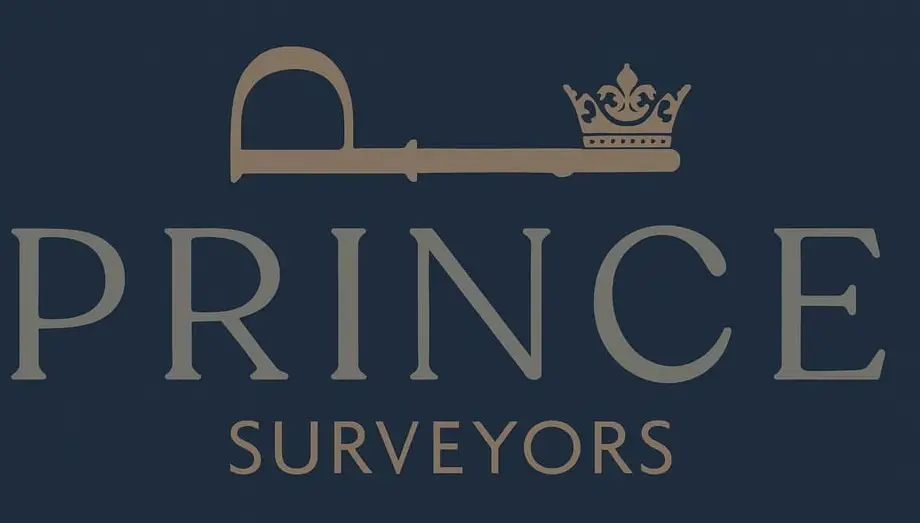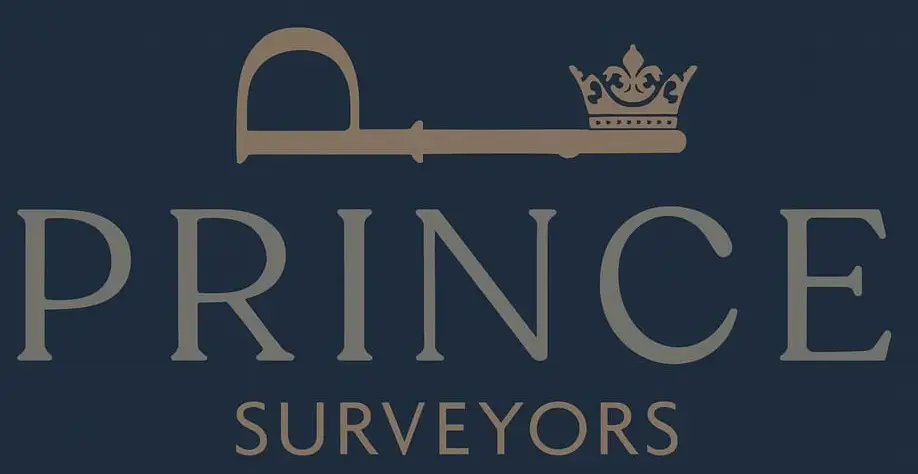A Level 3 Full Building Survey will provide a comprehensive evaluation of the property’s structure and condition. It also includes an estimate of the cost of any necessary repairs. The information provided in this type of Survey will provide you with a thorough understanding of what you are purchasing.
However, it is essential to understand what this Survey includes and if it is right for you?
This guide covers everything you’ll need to know about a Building Survey.
What is a Building Survey (Level 3 Survey)?
A building survey (also known as the Level 3 RICS Survey) is an in-depth property evaluation. This Survey was previously known as a structural survey and is the most comprehensive of the residential property surveys available and will provide a detailed review of a property’s condition.
The Building Survey report will outline the condition of each component of the house and identify the property’s defects, their underlying cause, the urgency of repair, maintenance options and may also include an estimation of the repair costs.
Building Surveyors conduct building inspections. It is critical to ensure that the surveyor you choose is regulated by RICS, as they set the guidelines for surveyors. This will ensure that the advice you receive is independent, expert advice from appropriately trained professionals.
Building surveys are appropriate for all properties, but they are highly suitable for:
- Listed Buildings: A structure on the Statutory List of Special Architectural or Historic Interest
- Older Properties: Recommended for properties that are more than 50 years old
- Buildings built unusually, regardless of age
- Structures that you intend to renovate or remodel
- Buildings that have already been renovated or remodelled significantly
What is included?
A Level 3 Building Survey will include the following information:
- A Building inspection
- A comprehensive survey report
- A property appraisal (only if particularly stated by the surveyor)
Roofs, walls, floors, windows and doors, chimneys, cellars, garages, and outbuildings will be surveyed along with all visible and accessible parts of a building. Surveyors have a legal obligation to discover and report any significant problems with a property, so surveyors will actively search for potential problems and building defects during the building inspection.
You can request that specific areas be included to address any concerns you may have about the property. Compared to the HomeBuyer Report (Level 2 Survey), there is no particular format for the Building Survey report so that the surveyor can tailor it to your specific needs.
If you want to include a property valuation in your Survey, you must notify the surveyor if your mortgage lender authorises the surveyor you use for the Building Survey. If your mortgage lender allows the surveyor you use for the Building Survey, it can be used in the place of a mortgage valuation.
Aspects of Building Survey?
Here is a list of the elements that are involved in the Building Survey:
- The most significant and minor defects, as well as their ramifications
- Test results for dampness in the walls
- Supporting wall modifications
- Renovations that did take place without the requisite planning permission
- Hazardous materials are present (e.g., asbestos)
- Subsidence evidence
- Masonry and roof damage
- Timber deterioration
- Large trees near the property.
- Woodworm, dry rot, and other types of timber damage
- The state of existing damp proofing and insulation, as well as advice on untested drainage.
Moreover, the report will not go into detail about things like heating or electrical equipment. Still, your surveyor will often be able to arrange for an expert to evaluate these areas for you if you request it.
A Building Survey can take a day to complete, with the official report taking up to two weeks to receive. Various surveyors will tell you how long it takes to complete a report, so let them know if time is an issue.
The report will highlight what was discovered during the Survey and propose changes for additional specialist surveys if necessary. A Building Survey (Level 3 Survey) is more expensive than a HomeBuyer Report (Level 2 Survey). Still, it could save you thousands of pounds or prevent you from purchasing a property with potential issues.
By comparing prices from local surveyors, you can ensure that you get a good deal on a Building Survey. The cost differs depending on the size and price of the property, as a large house will take longer to appraise than a small flat.
When the Survey is finished, your surveyor will generate a final report that will reveal whether the inspection discovered any major or minor flaws. The information will identify and define the problems and their causes, offer suggestions for further investigation and estimate repair costs, and state what could happen if the issues are not resolved.
Cost of Level 3 Building Survey:
A Building Survey costs will vary depending on the property’s type, size, and location. Compare survey fees by filling out our easy and rapid form and receiving up to four instant quotes from our RICS-regulated surveyors to save money on your Survey.
If you are unsure which Survey is best for you, speak with an RICS surveyor who can provide expert advice on which Survey is best for you and your property.
If you are purchasing a home, it is critical to use the specialized knowledge before closing to ensure that you receive independent advice on your potential home’s actual condition.
The detailed investigation that the Building Survey entails may reveal a structural problem with the property that might go unnoticed until you move in, so get a house survey to avoid any unpleasant and costly surprises.
Learn more about building survey services or contact us for FREE expert advice!

